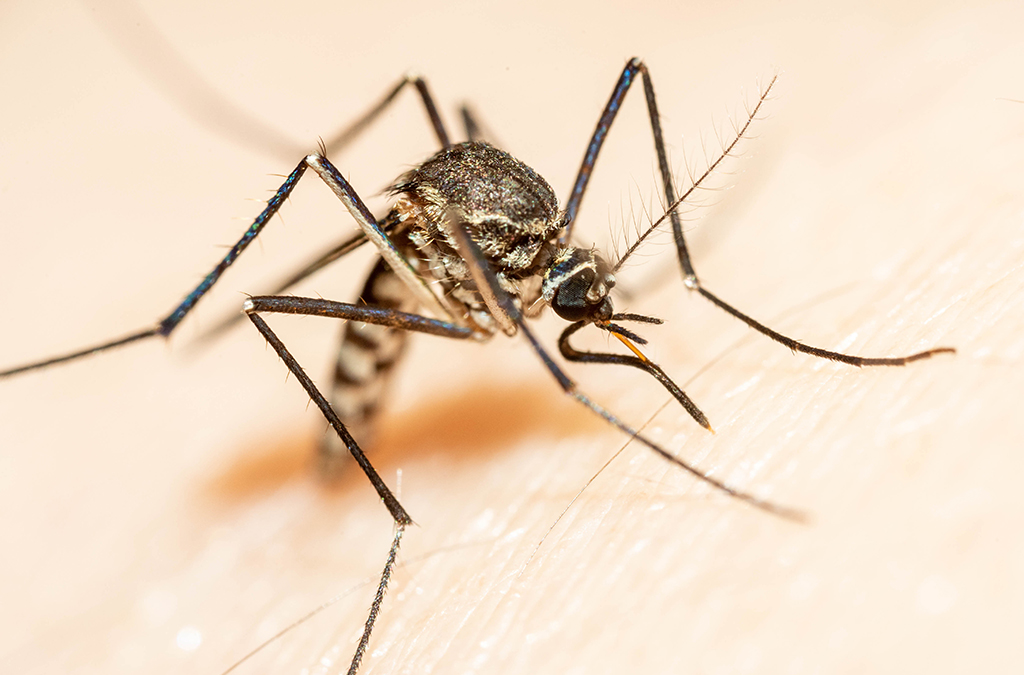
Earlier this year, a small Sydney-based pharmaceutical company (Biocelect) launched its first product onto the Australian market – Kodatef® (tafenoquine) – the first new antimalarial agent in 20 years. Originally synthesised in 1978, GSK has partnered with various bodies to conduct the necessary trials to bring this medication to market. Tafenoquine is currently marketed in the US under the trade name Krintafel®.
Tafenoquine is an aminoquinoline antimalarial agent currently approved in Australia for malarial prophylaxis. Due to its very long half-life (approx. 17 days), it has the notable benefit of being dosed weekly rather than daily (as with some alternatives) following the three-day loading dose period. It is active against both Plasmodium falciparum and P. vivax at all stages of the malaria lifecycle, including the liver stage (during which the parasites can remain dormant for days, months or even years).
The mechanism of action of tafenoquine, like other quinoline analogues, has not been fully resolved. The decision to approve this medication in Australia is primarily based on the results of a randomised double-blind trial conducted on Australian soldiers deployed to Timor-Leste. The study was conducted by the Tafenoquine Study Team with support from GSK, the Australian Defence Force (ADF) and the U.S. Army Medical Materiel Development Activity (USAMMDA). It found tafenoquine to be non-inferior to mefloquine + primaquine for malaria prophylaxis.
The trial had 94% power to detect a 10% difference. Of the 654 soldiers included in the trial, 492 were allocated to the tafenoquine arm and 162 to the mefloquine/primaquine arm. The soldiers took weekly doses of the medication during a six-month stint in Timor-Leste, during which none of the participants in the study developed malaria. Following this, there was a six-month follow-up period with the soldiers in Australia. Soldiers in the mefloquine arm took primaquine for two weeks post-exposure with the soldiers in the tafenoquine arm taking a placebo instead. During this post-exposure period, four soldiers in the tafenoquine arm developed P. vivax infection (0.9%) compared to one soldier in the mefloquine arm (0.7%) – a statistically insignificant difference.
There were no significant differences in tolerability between the two arms of the trial either. The most common adverse effects were mild-moderate gastroenteritis and musculoskeletal “injury”. A subset of the tafenoquine arm (n=98) was assessed for phospholipidosis and found to have a high incidence (93.2%) of vortex keratopathy (corneal deposits). This effect was reviewed by an expert ophthalmology board, which found that this effect was benign and reversible and did not affect vision. The researchers note, however, that further assessment is required to characterise the full extent of this adverse effect.
As with primaquine, tafenoquine is known to induce haemolytic anaemia in those with G6PD deficiency and is, therefore, contraindicated in this population as well as in pregnant/breastfeeding women (as the G6PD status of the foetus/infant is likely to be unknown). Tafenoquine is in pregnancy category C.
Similar to other antimalarials, tafenoquine is contraindicated in those with a history of psychosis, delusions or hallucinations. Despite excluding soldiers with a history of psychiatric disorders, the Timor-Leste trial found a slight increase in sleep disorders, anxiety and depression and recorded one suicide attempt.
With safety precautions in mind, tafenoquine offers a comparably safe and effective alternative to other antimalarial agents with the notable advantages of once-weekly dosing and no requirement for post-exposure treatment.
References:
- Nasveld PE, Edstein MD, Reid M, Brennan L, Harris IE, Kitchener SJ, and the Tafenoquine Study Team et al. Randomized, double-blind study of the safety, tolerability, and efficacy of tafenoquine versus mefloquine for malaria prophylaxis in nonimmune subjects. Antimicrob Agents Chemother. 2010; 54 (2): 792-8.
- Tafenoquine succinate for malaria prevention. Aust Prescr. 2019; 42: 110-1.
Subscribe Knowledge Centre Updates
Enter your details to receive Knowledge Centre updates
